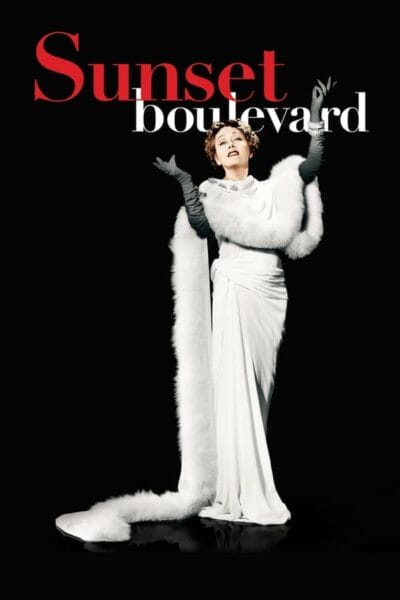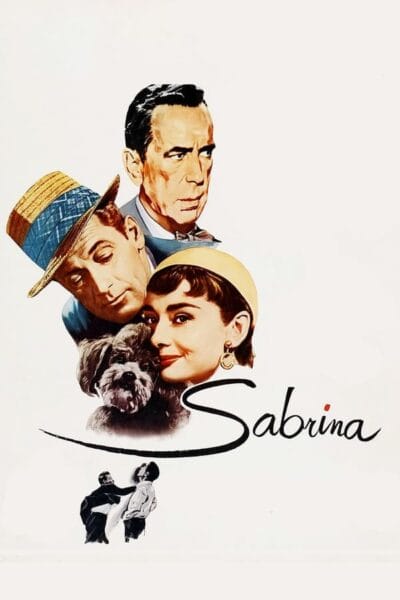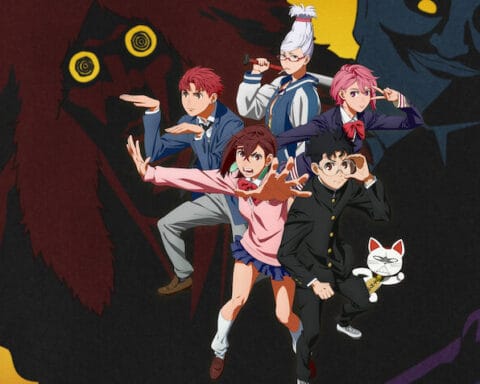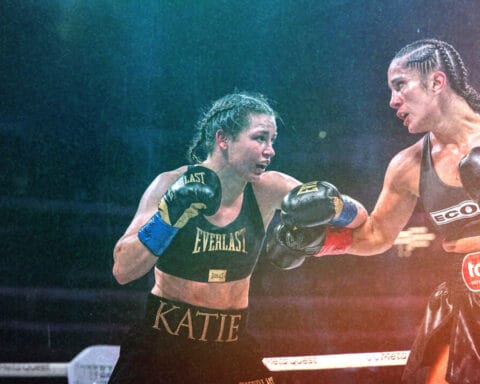In the realm of cinema, few names have become as synonymous with storytelling mastery as the legendary Billy Wilder. A creative force to be reckoned with, Wilder’s ingenious techniques for captivating audiences have left an indelible mark on the world of filmmaking. With a career spanning over five decades, this multifaceted artist has gifted us with timeless classics that continue to enchant and inspire. As we delve into the art of storytelling, it is essential to explore the methods employed by this maestro to weave his narrative magic. This journey of discovery will not only reveal the secrets behind Wilder’s storytelling prowess but also provide valuable insights that can be applied across various mediums of creative expression. So, grab your metaphorical pen and paper, and join us as we embark on a fascinating exploration of Billy Wilder’s techniques for captivating audiences, mastering the art of storytelling, and leaving a lasting impression on the hearts and minds of those who experience his extraordinary tales.
Introduction

As a screenwriter, film director, and producer, Billy Wilder is one of the most celebrated and influential filmmakers in the history of cinema. Born in Austria, he moved to Hollywood in the 1930s, where he began his illustrious career. With over 50 films to his name, Wilder earned a reputation as an exceptional storyteller, combining wit, drama, and emotion to create unforgettable cinematic experiences.
In this article, we will delve into the art of storytelling and explore the techniques that made Billy Wilder a master of the craft. We will examine some of his most acclaimed films and discuss how you can implement his methods in your own storytelling endeavors.
The importance of storytelling in filmmaking
Storytelling is the backbone of filmmaking. Without a compelling story, even the most visually stunning film can fall flat. A great story engages the audience, evokes emotion, and invites them on a journey. It is the driving force that keeps them invested in the characters and the narrative.
In the world of cinema, Billy Wilder was a master of storytelling. His films captivated audiences with their intricate plots, memorable characters, and timeless themes. By studying the techniques employed by Wilder, we can gain valuable insights into the art of storytelling and learn how to create stories that resonate with audiences on a deeper level.
Billy Wilder’s storytelling techniques

a. Creating memorable characters
One of the hallmarks of Billy Wilder’s storytelling is his ability to create memorable and well-rounded characters. He understood that characters are the heart of a story, and their motivations, conflicts, and growth are what make a narrative engaging.
To create memorable characters, Wilder focused on their individuality, giving each character a distinct voice, quirks, and mannerisms. He also made sure that his characters had depth and complexity, making them feel like real people rather than caricatures. By fully developing his characters, Wilder ensured that the audience would become invested in their stories.
b. Balancing humor and drama
Billy Wilder was known for his ability to strike a balance between humor and drama in his films. He understood that the juxtaposition of these two elements could heighten the emotional impact of a story, providing moments of levity in the midst of tension and conflict.
By skillfully weaving humor and drama together, Wilder was able to create engaging and emotionally resonant narratives that kept audiences on the edge of their seats. This balance allowed his stories to explore complex themes and emotions without becoming overly heavy or melodramatic.
c. Crafting compelling narratives
Another key element of Billy Wilder’s storytelling technique is his ability to craft compelling narratives. His films often feature intricate plots, unexpected twists, and carefully constructed storylines that keep the audience engaged from start to finish.
Wilder believed that a compelling narrative is one that is both well-structured and emotionally-driven. He focused on creating stories that were rooted in character, allowing the audience to become invested in the outcome of the narrative. By combining a strong structure with emotional depth, Wilder was able to create stories that resonated with audiences on multiple levels.
d. Developing powerful dialogue
Dialogue is an essential tool for storytelling, and Billy Wilder was a master of crafting sharp, witty, and incisive lines that revealed character and moved the story forward. He believed that good dialogue should be both natural and purposeful, serving to develop character, advance the plot, and create tension or humor.
Wilder’s dialogue often featured clever wordplay, biting sarcasm, and emotional honesty, helping to create memorable scenes and deepen the audience’s connection to the characters. By focusing on crafting powerful and effective dialogue, Wilder was able to bring his stories to life and create a lasting impact on the audience.
Case studies: Analyzing Billy Wilder’s films
a. Sunset Boulevard
“Sunset Boulevard” is a prime example of Billy Wilder’s storytelling prowess. This dark and twisted tale of fame, obsession, and the price of ambition is a masterclass in character development, narrative structure, and dialogue.
The film’s protagonist, struggling screenwriter Joe Gillis, is a complex character who grapples with his own ambition and morality throughout the story. Wilder’s skillful use of flashbacks and voiceover narration allows the audience to understand Joe’s motivations and inner turmoil, while the film’s central antagonist, the delusional and tragic Norma Desmond, is a powerful and captivating figure.
The narrative of “Sunset Boulevard” is marked by unexpected twists and turns, keeping the audience engaged and invested in the outcome of the story. Wilder’s sharp and insightful dialogue serves to heighten the tension and drama of the film, creating a memorable and haunting cinematic experience.
b. Some Like It Hot

“Some Like It Hot” is a classic comedy that showcases Billy Wilder’s ability to balance humor and drama in his storytelling. The film follows two musicians who witness a mob hit and go into hiding by disguising themselves as women in an all-female band.
The film’s humor is derived from the absurdity of the situation and the hijinks that ensue, while the drama is rooted in the characters’ desire to avoid the mob and find love. Wilder’s skillful use of physical comedy, witty dialogue, and memorable characters makes “Some Like It Hot” a timeless classic that still resonates with audiences today.
c. The Apartment
“The Apartment” is a poignant and bittersweet story of love, ambition, and the cost of success. The film follows an office worker who lends his apartment to his bosses for their extramarital affairs in exchange for career advancement.
Wilder’s masterful storytelling is evident in the film’s intricate plot, memorable characters, and emotional depth. The relationship between the protagonist and the object of his affection, played by Shirley MacLaine, is both sweet and heartbreaking, while the film’s themes of loneliness and corporate greed are still relevant today.
“The Apartment” won numerous awards, including the Academy Award for Best Picture, and cemented Billy Wilder’s reputation as a master storyteller.
Implementing Billy Wilder’s techniques in your own storytelling

Whether you’re a filmmaker, writer, or storyteller in any medium, there are valuable lessons to be learned from Billy Wilder’s storytelling techniques. By focusing on creating memorable characters, balancing humor and drama, crafting compelling narratives, and developing powerful dialogue, you can create stories that resonate with audiences on a deeper level.
To implement Wilder’s techniques in your own storytelling, start by focusing on your characters. Give them unique personalities, motivations, and conflicts that drive the story forward. Use humor and drama to create emotional depth, and craft a well-structured narrative that keeps the audience engaged.
Finally, pay attention to your dialogue. Make sure it serves a purpose and reveals character, and use language in a way that is both natural and effective.
By applying these techniques to your own storytelling, you can create works that stand the test of time and captivate audiences for years to come.
The impact of Billy Wilder’s storytelling on modern cinema

Billy Wilder’s impact on modern cinema cannot be overstated. His films have influenced generations of filmmakers and writers, and his storytelling techniques have become an essential part of the cinematic lexicon.
Wilder’s ability to create memorable characters, balance humor and drama, craft compelling narratives, and develop powerful dialogue has inspired countless storytellers to follow in his footsteps. His films continue to be celebrated and studied, and his legacy as a master storyteller will endure for generations to come.
Additional resources for studying Billy Wilder’s storytelling techniques
If you’re interested in learning more about Billy Wilder’s storytelling techniques, there are numerous resources available. His films are widely available on DVD and streaming platforms, and there are many books and articles that analyze his work in detail.
Some recommended resources include:
- “Conversations with Wilder” by Cameron Crowe
- “Billy Wilder: Master of the Movies” by Ed Sikov
- “The Films of Billy Wilder” by Gene D. Phillips
Mastering the art of storytelling through Billy Wilder’s techniques
In conclusion, Billy Wilder was a master storyteller whose films continue to captivate audiences today. By studying his techniques for creating memorable characters, balancing humor and drama, crafting compelling narratives, and developing powerful dialogue, you can improve your own storytelling skills and create works that resonate with audiences on a deeper level.
Whether you’re a filmmaker, writer, or storyteller in any medium, there is much to learn from Wilder’s legacy. His impact on modern cinema is undeniable, and his techniques for crafting unforgettable stories will continue to inspire and influence storytellers for generations to come.













